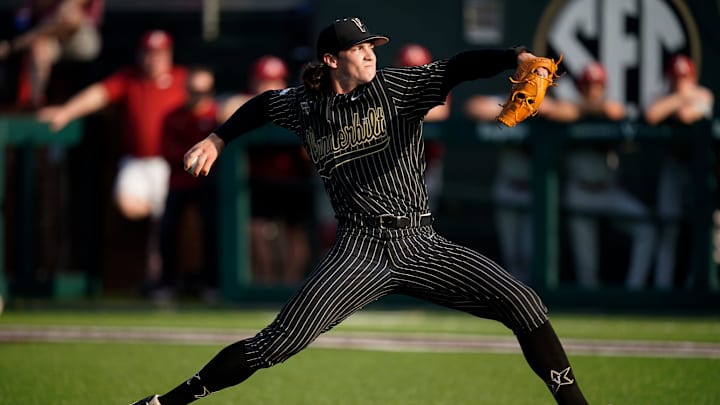Tony Blanco Jr.
While Mitch Jebb is all about making contact and avoiding strikeouts with little power, Tony Blanco Jr. is on the complete opposite side of the scale. One of the team's top international signings in the 2021-2022 off-season, Blanco Jr., has the potential of a 40-home-run hitter. The downside is he struggles to keep the strikeout rate down, which could lead to his downfall. But he's still very young, so he has time to improve his game.
Last season, Blanco hit .235/.325/.397 in 153 plate appearances for the Pirates' Dominican Summer League team. He walked over 10% of the time with a 10.8% walk rate, and he also hit five home runs while showing off some impressive raw power. But overall, Blanco had a below-average 92 wRC+. Blanco doesn't turn 18 until mid-May but is already listed at 6'6", 245 pounds. He's a monster and an imposing threat to stare down.
While he was signed as a corner outfielder, the Pirates already made the decision to move Blanco Jr. to first base last year.
Interestingly, Blanco Jr. is a part of the Pirates' Spring Breakout roster and is listed as a third baseman. Blanco showed off a good arm prior to his move to first base, Blanco Jr. is massive and makes loud contact, that is when he makes contact. If he figures out his swing-and-miss issues, this could be one of the Pirates' best future power hitters. Again though, that's a major if. Blanco surely has sky-high potential, but it will all hinge on his hit tool improving to at least a 40-grade level.
